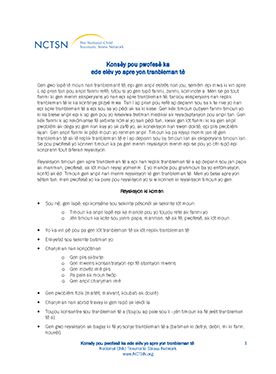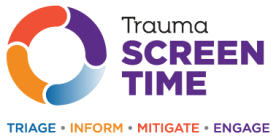
Children of War: A Video for Educators
Includes a segment from the play Children of War and a documentary about the scope and impact of refugee trauma and its consequences for youth in schools.
Research suggests that approximately 25% of American children will experience at least one traumatic event by the age of 16. A child's reactions to trauma can interfere considerably with learning and/or behavior at school. Schools serve as a critical system of support for children who have experienced trauma. Administrators, teachers, and staff can help reduce the effects of trauma on children by recognizing trauma responses, accommodating and responding to traumatized students within the classroom, and referring children to outside professionals when necessary. The National Child Traumatic Stress Network has developed tools and materials to help educators, school staff, and administrators understand and respond to the specific needs of traumatized children. In addition to the NCTSN resources highlighted below, School Personnel can learn more about creating trauma-informed schools in the Trauma-Informed Care section of this website.

Includes a segment from the play Children of War and a documentary about the scope and impact of refugee trauma and its consequences for youth in schools.

Accompanies the Children of War video and includes discussion questions, suggestions about ways schools and teachers can help refugee students and families, and provides information on the effects of traumatic stress on school performance.

Offers teachers guidance on helping students after an earthquake. This fact sheet describes common reactions students may have, how teachers and school staff can help them, as well as self-care after an earthquake.

Provides staff in child-serving systems with best practices for trauma screening.